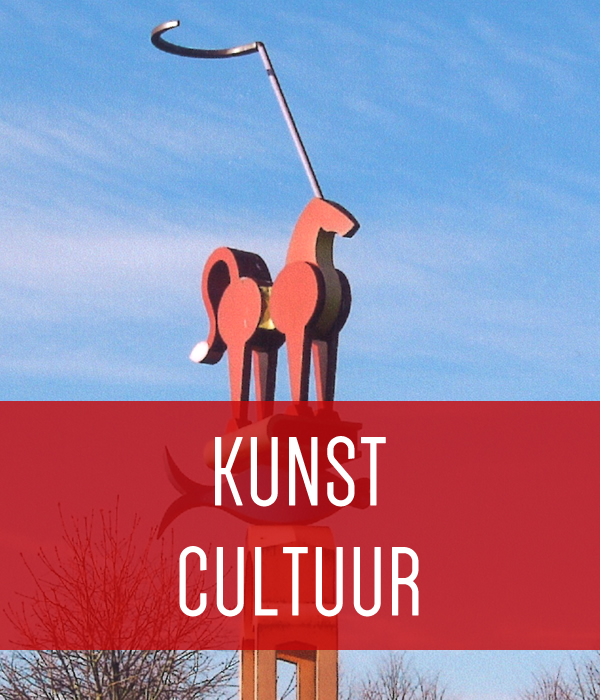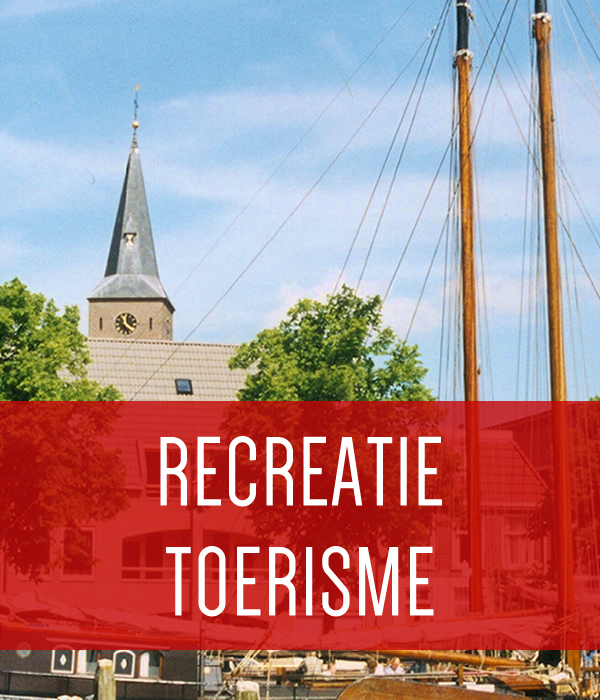
Anna Hoebertshuys
Koopmanswoning begin 17de eeuw. Eind 16de eeuw in bezit van Anna Hoeberts. Jan Luitgens kocht dit ‘huis hof en were’ in 1611. Woning van Johan Moock (schout van Vlieland). Vanaf 1650 tot midden 18de eeuw in bezit van de familie Bloemert. In 1846 in gebruik genomen als kerk door een afgescheiden gemeente. Vanaf 1887 o.a. brandstofhandel, foeragehandel en fietsenmakerij. In 1999 gerestaureerd en ingericht als woning.

Anna Hoeberts Huys
Kaufmannshaus aus dem frühen 17. Jahrhundert. Zu Ende des 16. Jahrhunderts im Besitz von Anna Hoeberts. Jan Luitgens kaufte das „huis hof en were“ 1611. Wohnung von Johan Moock (Deichgraf von Vlieland). Ab 1650 bis Mitte des 18. Jahrhunderts im Besitz der Familie Bloemert. Wurde 1846 von einer eigenständigen Gemeinde als Kirche in Gebrauch genommen. Ab 1887 u.a. Brennstoffhandel, Viehfutterhandel und Fahrradwerkstatt. Wurde 1999 restauriert und als eine Wohnung eingerichtet.

Anna Hoeberts Huys
Merchant house dating back to the early 17th century. In the latter part of the 16th century it belonged to Anna Hoeberts. Jan Luitgens bought the property in 1611. It was then owned by Johan Moock (mayor of Vlieland), and from 1650 until the mid-18th century it was the residence of the Bloemert family. In 1846, it was used as a church by a separatist community, and from 1887 it housed a fuel trader, fodder trader, and bicycle repair store. In 1999 it was restored and redesigned as a private residence.
NIEUWS
- 01-07-2025 | AGENDA GENEMUIDEN 2025
- 01-07-2025 | AGENDA HASSELT 2025
MEER NIEUWS →
Monumenten Zwartewaterland




